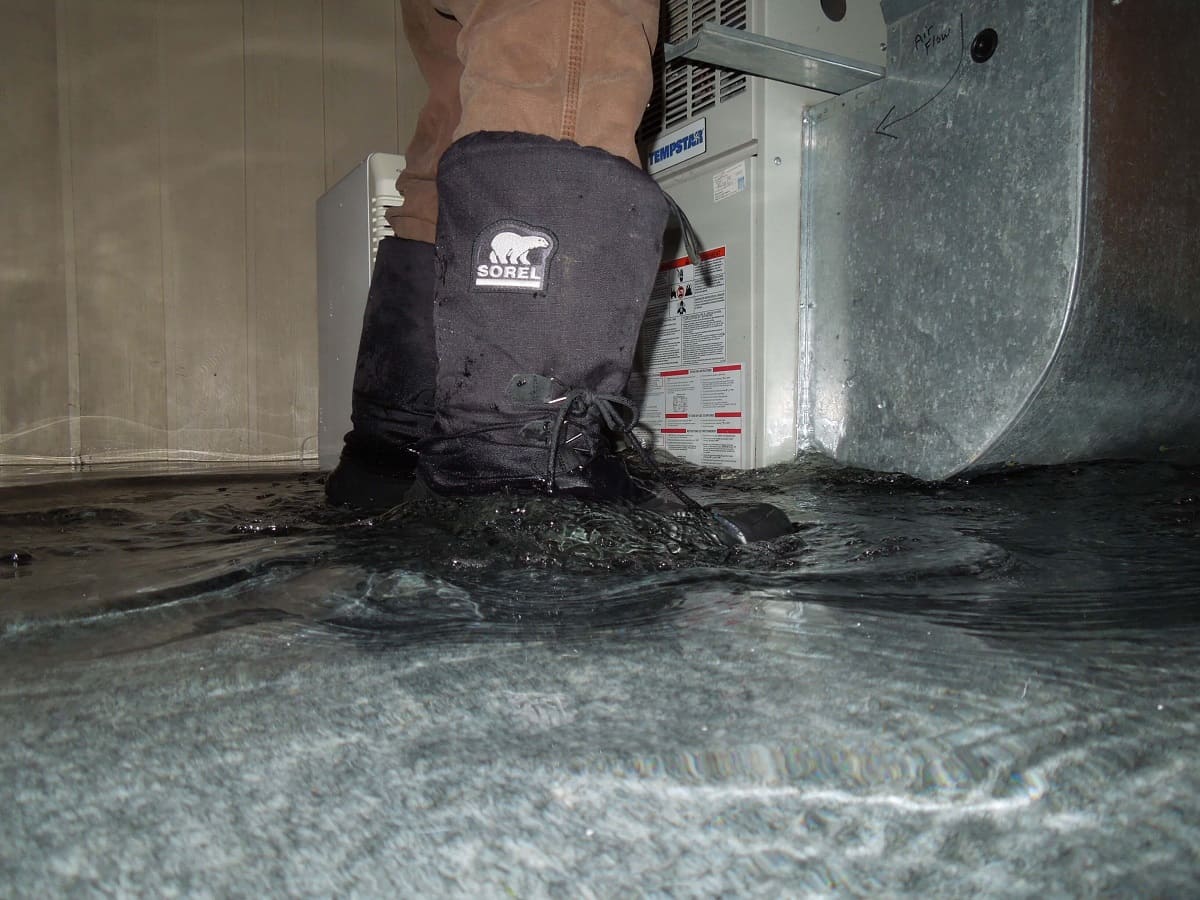

Articles
How To Stop Water Coming Into Basement
Modified: December 7, 2023
Discover effective articles on how to prevent water from entering your basement. Stop water leakage and protect your home from potential damage with these helpful tips and strategies.
(Many of the links in this article redirect to a specific reviewed product. Your purchase of these products through affiliate links helps to generate commission for Storables.com, at no extra cost. Learn more)
Introduction
Water intrusion in a basement can be a homeowner’s worst nightmare. Not only can it cause significant damage to the foundation and structural integrity of a property, but it can also lead to mold growth and compromise the health and safety of occupants. Understanding the causes of water intrusion and implementing effective solutions is crucial for preventing further damage and maintaining a dry and secure basement.
In this article, we will discuss various techniques and measures to stop water from coming into your basement. Whether you are dealing with minor seepage or significant flooding, these strategies will help you address the issue and protect your property. From understanding the causes of water intrusion to implementing proactive waterproofing techniques, we will cover everything you need to know to keep your basement dry.
It is important to note that every basement is unique, and the appropriate solutions may vary depending on the specific circumstances. In some cases, a combination of different techniques may be required to effectively waterproof the basement. By assessing the severity of water intrusion and identifying the common entry points, you can develop a comprehensive plan of action tailored to your specific needs.
So, without further ado, let’s dive into the details and learn how to stop water from coming into your basement.
Key Takeaways:
- Implementing a combination of exterior and interior waterproofing techniques, along with proper drainage solutions, is crucial for preventing water intrusion in your basement and protecting your property from damage.
- Regular maintenance of gutters and downspouts, timely repairs of foundation cracks, and proactive assessment of water intrusion severity are essential steps in keeping your basement dry and secure.
Understanding the Causes of Water Intrusion
Water intrusion in a basement can occur due to various factors. By understanding the common causes, you can better address the issue and implement appropriate solutions. Here are some of the main culprits behind water intrusion:
- Poor Drainage: Improperly functioning or inadequate drainage systems can lead to water pooling around the foundation. This can result in hydrostatic pressure, causing water to seep through cracks and gaps.
- Foundation Cracks: Over time, foundations can develop cracks due to soil settlement, freeze-thaw cycles, or structural issues. These cracks provide an entry point for water, allowing it to seep into the basement.
- Window Well Issues: If your basement has windows with window wells, these can become a source of water intrusion. Improperly installed or poorly maintained window wells can collect water, leading to leaks and seepage.
- Gutter Problems: Clogged or damaged gutters and downspouts can cause water to overflow and pool near the foundation. This excess water can seep into the basement, especially if the grading around the property is not properly sloped away from the foundation.
- Surface Water: Heavy rainfall, melting snow, or poor landscaping can result in excessive surface water collecting near the foundation. If the water is not diverted away from the property, it can find its way into the basement.
Identifying the specific cause of water intrusion in your basement is essential to develop an effective solution. It may be necessary to consult with a professional to assess the situation and determine the most suitable course of action.
Next, let’s move on to assessing the severity of water intrusion and understanding how to determine the extent of the problem.
Assessing the Severity of Water Intrusion
Before implementing any waterproofing measures, it’s crucial to assess the severity of water intrusion in your basement. This will help you determine the appropriate solutions and prioritize necessary repairs. Here are some steps to assess the severity of water intrusion:
- Visual Inspection: Begin by visually inspecting your basement for signs of water intrusion. Look for water stains, mold growth, dampness, or any visible signs of water entry. Take note of the areas that are most affected.
- Water Accumulation: Determine if the water intrusion is limited to minor seepage or if there is significant water accumulation, such as standing water or flooding. The amount of water present will influence the necessary actions.
- Frequency: Pay attention to how frequently water intrusion occurs. Is it a consistent issue, or does it only happen during heavy rainfall or specific weather conditions? Understanding the frequency will help identify the underlying causes.
- Duration: Consider how long the water intrusion lasts. Is it a temporary issue that dries up quickly, or does the water persist for an extended period? The duration of water intrusion can provide insights into the severity and potential damage.
- Impact on Basement Use: Assess how the water intrusion affects the functionality of your basement. Is it causing damage to belongings, limiting your ability to use the space, or posing safety hazards? Understanding the impact will help prioritize the necessary actions.
Based on your assessment, you can categorize the severity of water intrusion into mild, moderate, or severe. Mild cases may involve minor dampness or occasional seepage, while severe cases may result in significant flooding and extensive damage.
Keep in mind that assessing the severity of water intrusion is not a one-time process. It’s important to periodically monitor the situation, especially after implementing waterproofing measures, to ensure their effectiveness and address any new issues that may arise.
Now that you have assessed the severity of water intrusion, let’s move on to identifying common entry points where water can enter your basement.
Identifying Common Entry Points
When it comes to water intrusion in basements, there are several common entry points that you should be aware of. By understanding these entry points, you can effectively target your waterproofing efforts. Here are some common areas where water can enter your basement:
- Foundation Cracks: Cracks in the foundation walls or floors are a primary entry point for water. Inspect the basement walls and floors thoroughly for any visible cracks or gaps.
- Window Wells: If your basement has windows with window wells, they can become a potential entry point for water. Ensure that the window wells are properly installed, sealed, and graded away from the foundation.
- Cove Joint: The cove joint is the point where the foundation walls meet the basement floor. This can be a vulnerable area for water intrusion. Check for any signs of water seeping through the cove joint.
- Sump Pump Pit: If you have a sump pump installed in your basement, the sump pump pit can be another area where water can enter. Inspect the pit for any signs of water accumulation or leaks.
- Utility Penetrations: Pipes, wires, and utility penetrations that go through the foundation walls can provide a pathway for water to enter. Seal any gaps or cracks around these penetrations to prevent water intrusion.
- Basement Windows and Doors: Improperly sealed or poorly maintained basement windows and doors can allow water to enter. Check the seals and weatherstripping to ensure a tight and watertight seal.
It’s important to note that the specific entry points may vary depending on the construction and layout of your basement. Conduct a thorough inspection to identify any additional areas that may be vulnerable to water intrusion.
By identifying these common entry points, you will have a better understanding of where to focus your waterproofing efforts. In the next sections, we will discuss various exterior and interior waterproofing techniques to effectively stop water from coming into your basement.
Exterior Waterproofing Techniques
Exterior waterproofing involves addressing the water intrusion issue from outside the basement walls. This approach helps to prevent water from reaching the foundation walls in the first place. Here are some effective exterior waterproofing techniques:
- Foundation Waterproofing Membrane: Applying a waterproofing membrane to the exterior of the foundation walls creates a barrier against water intrusion. This membrane is typically made of asphalt-modified polyurethane or a rubberized asphalt compound.
- French Drains: French drains are trenches filled with perforated pipes and gravel that collect and redirect groundwater away from the foundation. This helps to relieve hydrostatic pressure and prevent water from seeping into the basement.
- Proper Grading: Ensure that the soil around the foundation slopes away from the house, allowing water to flow away from the basement walls. This prevents water from pooling against the foundation and reduces the likelihood of water intrusion.
- Downspout Extensions: Extend downspouts away from the foundation and direct them towards a drainage system or a suitable area on your property. This helps in diverting water away from the foundation walls.
- Window Well Covers: Install covers on basement window wells to prevent water and debris from accumulating. This helps to keep the window wells dry and reduces the chances of water entering through the basement windows.
- Identify and Repair Foundation Cracks: Inspect the foundation walls for any cracks and repair them using suitable materials such as epoxy or polyurethane injection. This helps to prevent water from seeping through the cracks.
Exterior waterproofing techniques are typically more involved and may require professional assistance. It’s important to consult with a waterproofing expert to ensure the proper implementation of these techniques.
While exterior waterproofing addresses the root cause of water intrusion, it may not be feasible in all situations, such as properties with limited access or extensive landscaping. In such cases, interior waterproofing techniques can provide an effective solution.
Now that we’ve covered exterior waterproofing techniques, let’s move on to interior waterproofing techniques to further protect your basement from water intrusion.
Make sure your gutters and downspouts are clear of debris to prevent water from pooling around the foundation. Consider installing a sump pump to remove excess water from the basement.Interior Waterproofing Techniques
Interior waterproofing techniques focus on managing water that has already entered the basement. While they do not address the root cause of water intrusion, they help to redirect and manage the water to prevent damage. Here are some effective interior waterproofing techniques:
- Interior Drainage System: Installing an interior drainage system, such as a French drain or a perimeter drain, can help collect and redirect water that enters the basement. These systems are equipped with a sump pump that pumps the collected water away from the foundation.
- Sump Pump Installation: Installing a sump pump in the basement can effectively manage water accumulation. The sump pump collects water from the interior drainage system and pumps it out of the basement.
- Waterproofing Paint or Coatings: Applying waterproofing paint or coatings to the interior walls and floors creates a barrier against moisture. These products help to prevent water vapor from entering the basement and reduce the chances of mold growth.
- Sealing Foundation Cracks: Identify and seal any foundation cracks from the inside using appropriate sealants or epoxy injections. This helps to prevent water from seeping through the cracks and entering the basement.
- Interior Drainage Mats: Installing drainage mats on the basement walls can help redirect water to the drainage system. These mats create a channel for water to flow towards the drainage system, minimizing the chances of water damage.
- Cove Joint Sealing: Seal the cove joint, where the foundation walls meet the basement floor, to prevent water seepage. Use suitable waterproofing materials, such as hydraulic cement or sealants, to ensure a watertight seal.
Interior waterproofing techniques are often more accessible for homeowners to implement themselves, but it’s still recommended to seek professional advice for proper installation and materials selection.
It’s important to note that interior waterproofing techniques may not address the underlying causes of water intrusion. Therefore, combining interior and exterior waterproofing techniques can provide the most comprehensive protection for your basement.
Now that we’ve covered interior waterproofing techniques, let’s explore the importance of implementing proper drainage solutions to prevent water intrusion in your basement.
Implementing Proper Drainage Solutions
When it comes to preventing water intrusion in your basement, implementing proper drainage solutions is crucial. Effective drainage helps to efficiently manage water flow and redirect it away from your foundation. Here are some key strategies for implementing proper drainage:
- Gutters and Downspouts: Maintain and clean your gutters regularly to ensure they are free of debris. Make sure that the downspouts are securely attached and extend at least 6 feet away from the foundation to direct water away from your basement walls.
- Grading: Ensure that the ground around your home slopes away from the foundation. This allows rainwater to naturally flow away from your basement walls instead of pooling near them. Add soil if necessary to adjust the grading.
- French Drains: Install a French drain system around the perimeter of your home or in areas prone to water accumulation. This helps to collect and redirect groundwater away from your foundation.
- Surface Drainage: Create swales or trenches in your yard to direct water away from your home. This can help prevent surface water from flowing towards your basement walls.
- Redirect Downspout Discharge: Avoid directing downspout discharge towards areas of your yard that may lead to water pooling near the foundation. Instead, redirect the water towards a proper drainage system or a suitable location away from your home.
- Exterior Grading and Landscape: Consider the landscaping around your home and make sure it supports proper drainage. Avoid using landscaping features that can trap water, such as shallow depressions or low-lying areas.
By implementing these drainage solutions, you can effectively manage water around your home and minimize the risk of water intrusion in your basement. It’s important to regularly maintain and inspect these drainage systems to ensure they are functioning optimally.
Additionally, it’s worth noting that the specific drainage solutions needed may vary depending on your geography, soil conditions, and the layout of your property. Consulting with a professional can provide valuable guidance and ensure that the drainage solutions are tailored to your specific needs.
In the next sections, we will discuss the importance of repairing foundation cracks and maintaining gutters and downspouts to further protect your basement from water intrusion.
Repairing Foundation Cracks and Leaks
Foundation cracks and leaks are common entry points for water intrusion in basements. Addressing these issues promptly is crucial to prevent further damage and water seepage. Here are some steps to effectively repair foundation cracks and leaks:
- Identify the Cracks: Inspect your basement walls and floors to identify any visible cracks. Look for both vertical and horizontal cracks, as well as any signs of active water seepage.
- Clean and Prepare the Area: Before starting the repair, clean the area around the crack to remove any loose debris or dirt. Use a wire brush or a vacuum to ensure a clean surface.
- Select the Repair Method: The repair method will depend on the type and severity of the crack. For hairline cracks, a simple epoxy injection may suffice. For wider or more significant cracks, you may need to use specialized sealants or polyurethane foam.
- Fill and Seal the Cracks: Follow the manufacturer’s instructions to fill and seal the cracks properly. Apply the chosen repair material into the crack, ensuring it reaches the depth of the crack. Smooth out the surface for a neat finish.
- Monitor for Any Further Leaks: After the repair, monitor the area for any signs of recurring leaks. If you notice any water seepage or the crack reopens, it may indicate a more serious underlying issue that may require professional attention.
It’s important to note that repairing foundation cracks and leaks should be done with caution. In some cases, it may be necessary to consult with a professional to assess the extent of the damage and determine the most appropriate repair method.
Addressing foundation cracks and leaks promptly will not only help to prevent water intrusion but also protect the structural integrity of your home. Regularly inspect your basement and take action at the first sign of cracks or leaks to avoid further damage.
In addition to repairing foundation cracks, maintaining gutters and downspouts is another crucial step in preventing water intrusion in your basement. Let’s explore why gutter maintenance is essential in the next section.
Maintaining Gutters and Downspouts
Gutters and downspouts play a vital role in directing water away from your home’s foundation. Regular maintenance and upkeep of these components are essential to ensure their effectiveness in preventing water intrusion in your basement. Here are some key steps to maintain gutters and downspouts:
- Clean Gutters Regularly: Remove debris, such as leaves, twigs, and dirt, from your gutters on a regular basis. This prevents clogs and allows water to flow freely through the gutters.
- Inspect for Damage: Regularly inspect your gutters and downspouts for any signs of damage, such as cracks, holes, or sagging sections. Repair or replace damaged components to ensure proper functioning.
- Check Downspout Alignment: Ensure that your downspouts are properly aligned and securely attached to the gutters. They should extend at least 6 feet away from your home’s foundation to direct water away from the basement walls.
- Install Gutter Guards: Consider installing gutter guards or screens to prevent debris from accumulating in the gutters. This can help reduce the frequency of gutter cleaning and maintain proper water flow.
- Monitor for Leaks: During rainstorms, observe your gutters and downspouts for any leaks or overflowing water. This could indicate a blockage or issue that needs immediate attention.
- Clear Downspout Blockages: If you notice water backing up in the downspouts, use a plumbing snake or a garden hose to clear any blockages. This ensures that water can flow freely and prevents it from overflowing onto your foundation.
Maintaining gutters and downspouts is a relatively simple yet crucial task that can greatly contribute to preventing water intrusion in your basement. By directing water away from the foundation, you can protect your home’s structural integrity and avoid potential water damage.
Make it a habit to check your gutters and downspouts at least twice a year, especially before the rainy season or during periods of heavy rainfall. This proactive maintenance will ensure that they are in good condition and performing optimally.
Now that we have covered the importance of maintaining gutters and downspouts, let’s conclude by summarizing the key points discussed in this article.
Conclusion
Water intrusion in the basement can lead to significant damage and pose risks to both your property and the health of its occupants. However, with the right knowledge and proactive measures, you can effectively prevent water from coming into your basement. By understanding the causes of water intrusion, assessing the severity of the issue, identifying common entry points, and implementing appropriate solutions, you can protect your basement from water damage and maintain a dry and secure living space.
Exterior waterproofing techniques such as foundation waterproofing membranes, French drains, and proper grading can help prevent water from reaching your foundation walls. Interior waterproofing techniques, including interior drainage systems and effective sealants, work to manage water that has already entered the basement. By combining these approaches, you can create multiple layers of protection against water intrusion.
Implementing proper drainage solutions, such as maintaining gutters and downspouts, redirecting downspout discharge, and ensuring proper grading, is crucial in preventing water from pooling near the foundation. Regular maintenance of gutters and downspouts, as well as timely repairs of foundation cracks and leaks, are essential tasks that should not be overlooked.
Remember, every basement is unique, and the best solution for preventing water intrusion may vary depending on the specific circumstances. Consulting with professionals who specialize in waterproofing can provide valuable guidance and ensure that you choose the most appropriate techniques and materials for your basement.
By taking these proactive measures and staying vigilant, you can effectively stop water from coming into your basement, protect your property investment, and provide a safe and healthy environment for you and your family.
Frequently Asked Questions about How To Stop Water Coming Into Basement
Was this page helpful?
At Storables.com, we guarantee accurate and reliable information. Our content, validated by Expert Board Contributors, is crafted following stringent Editorial Policies. We're committed to providing you with well-researched, expert-backed insights for all your informational needs.
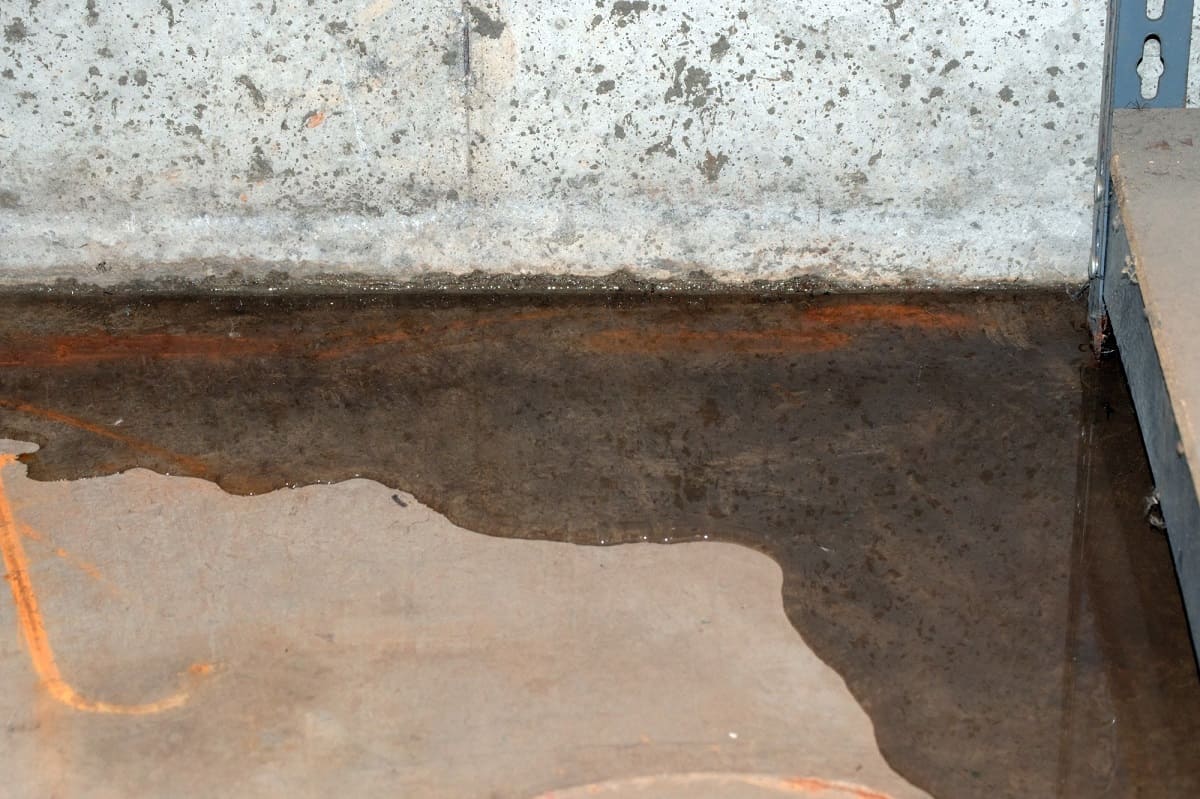
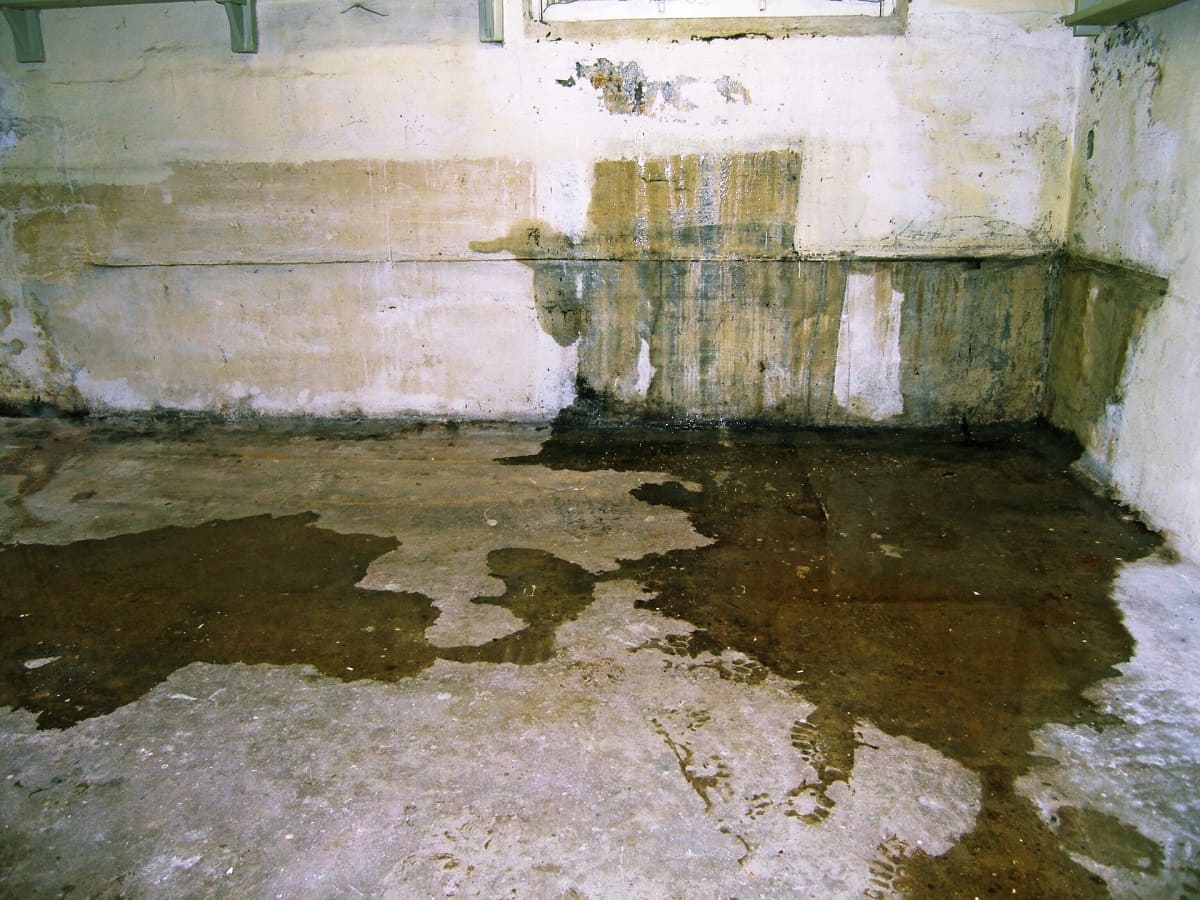
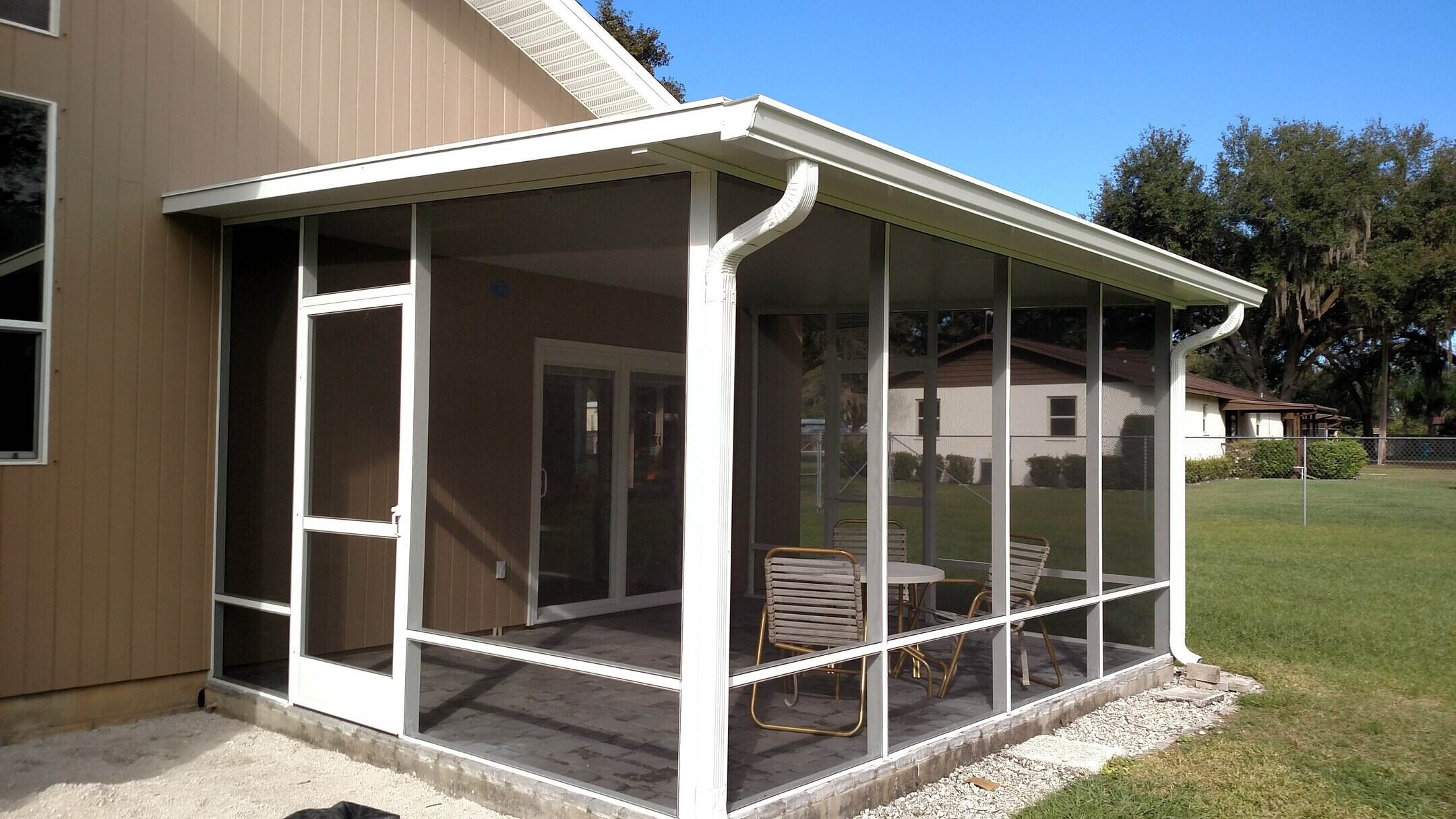
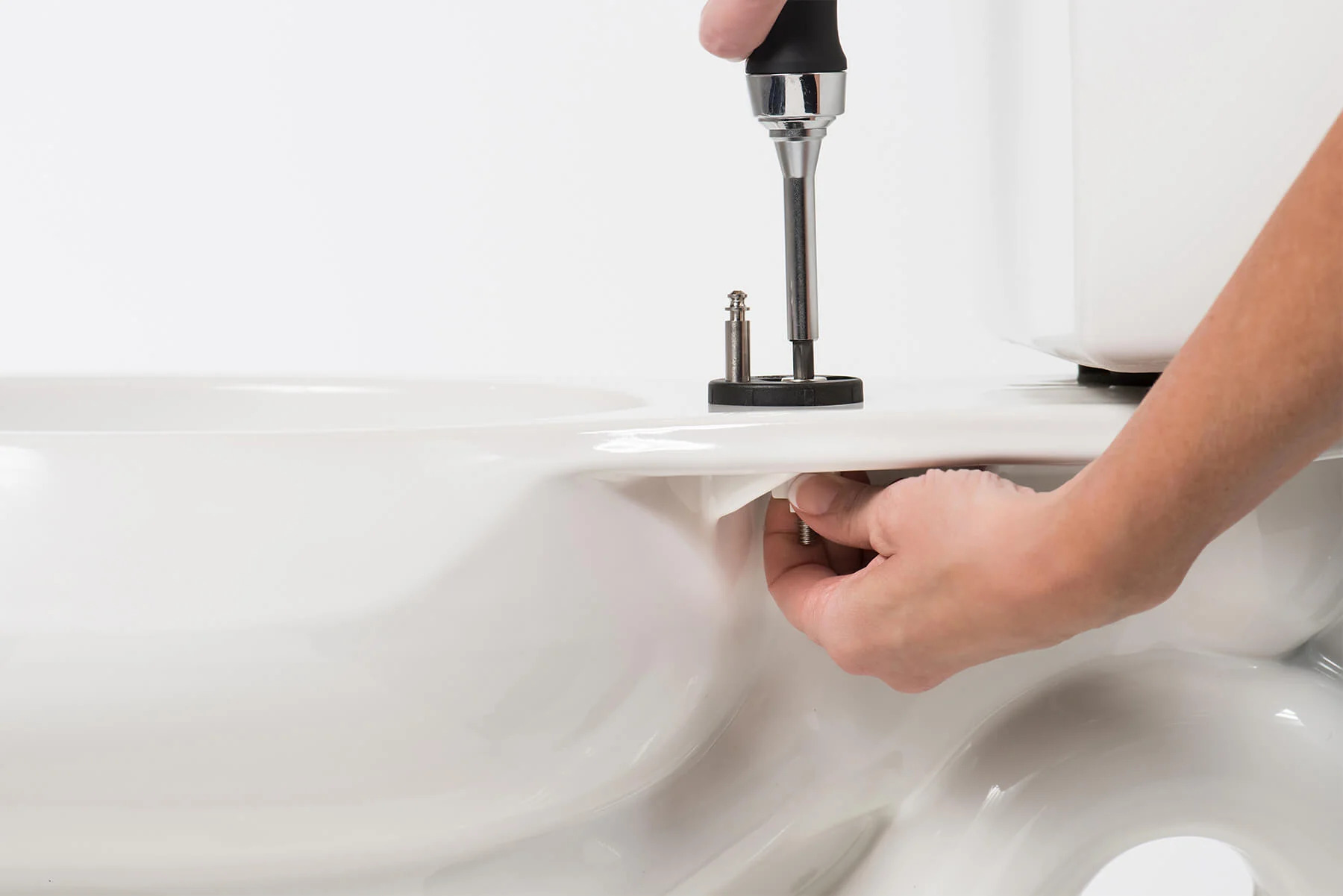
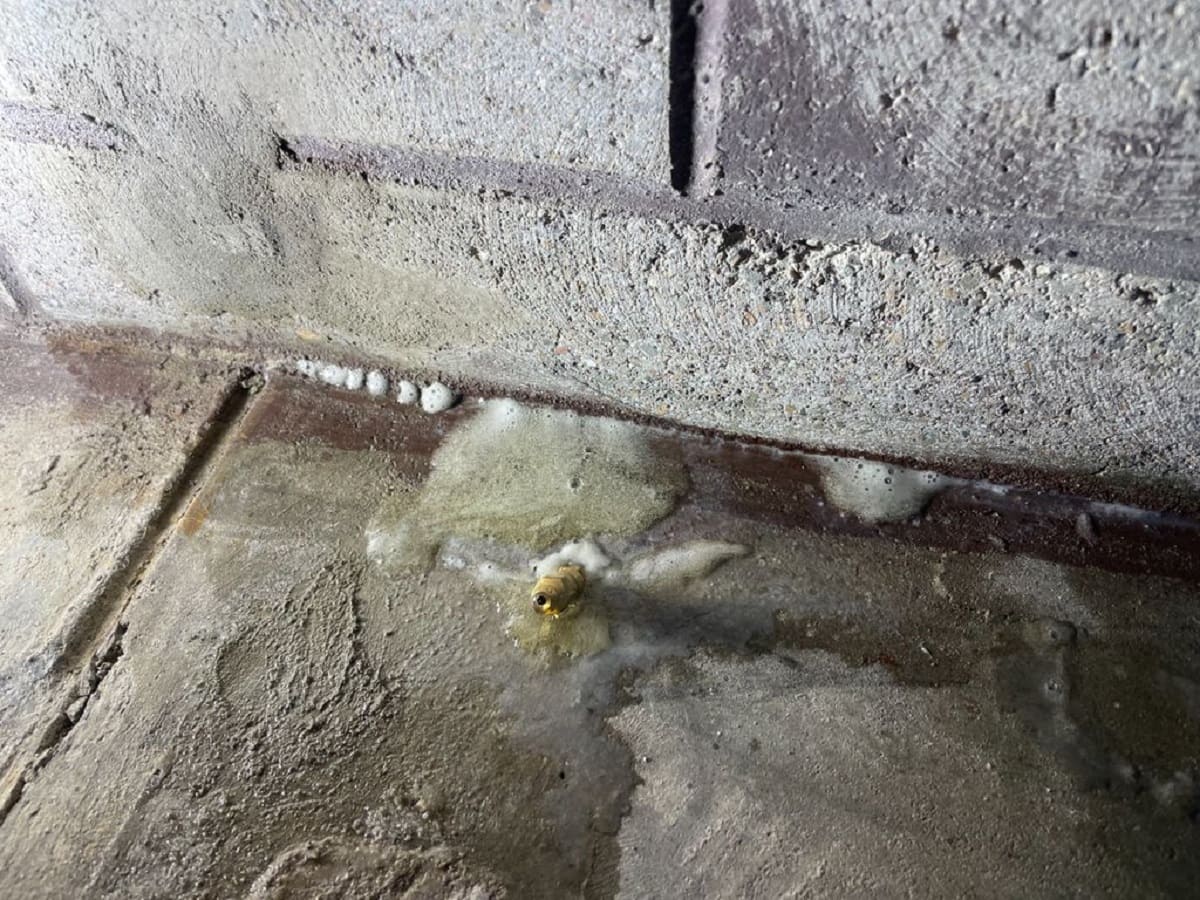
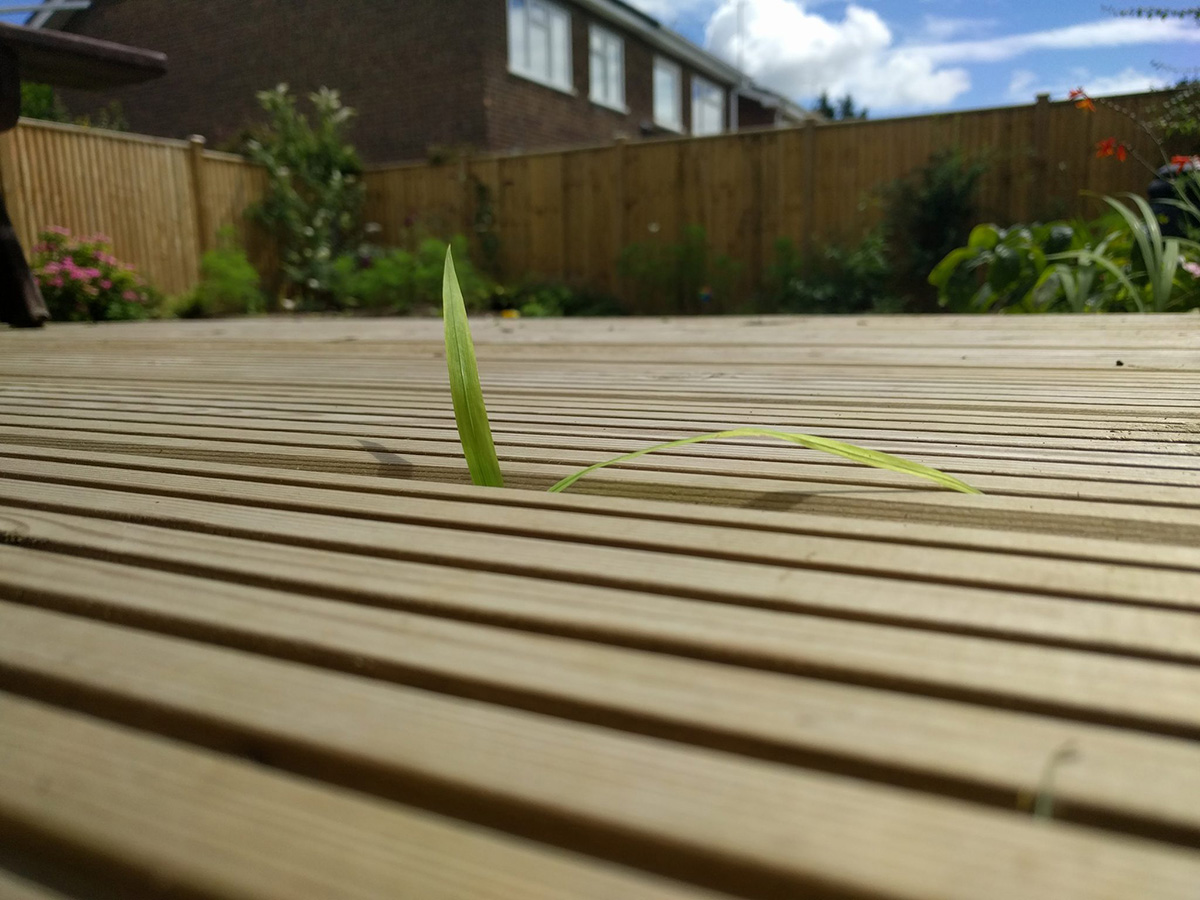
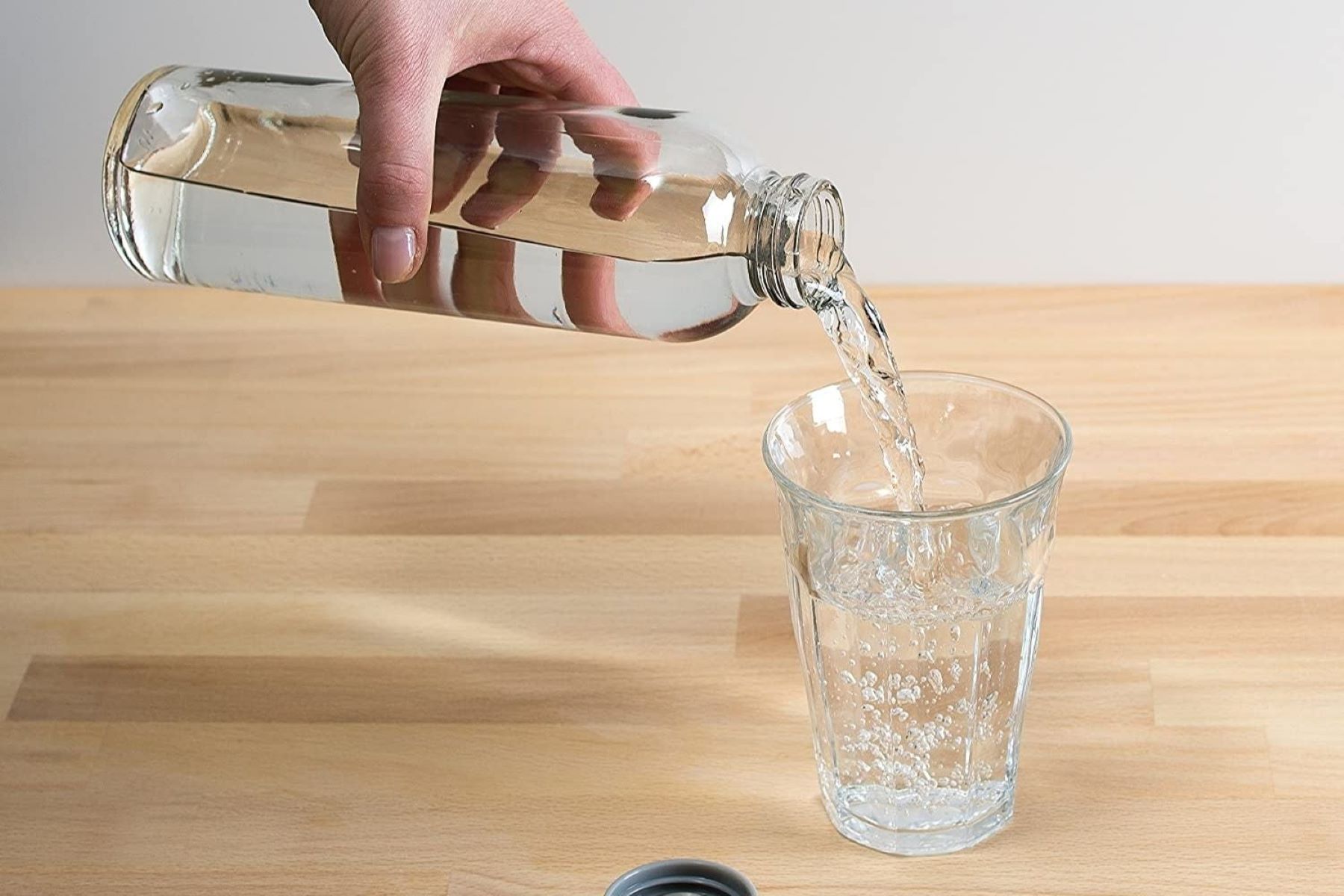


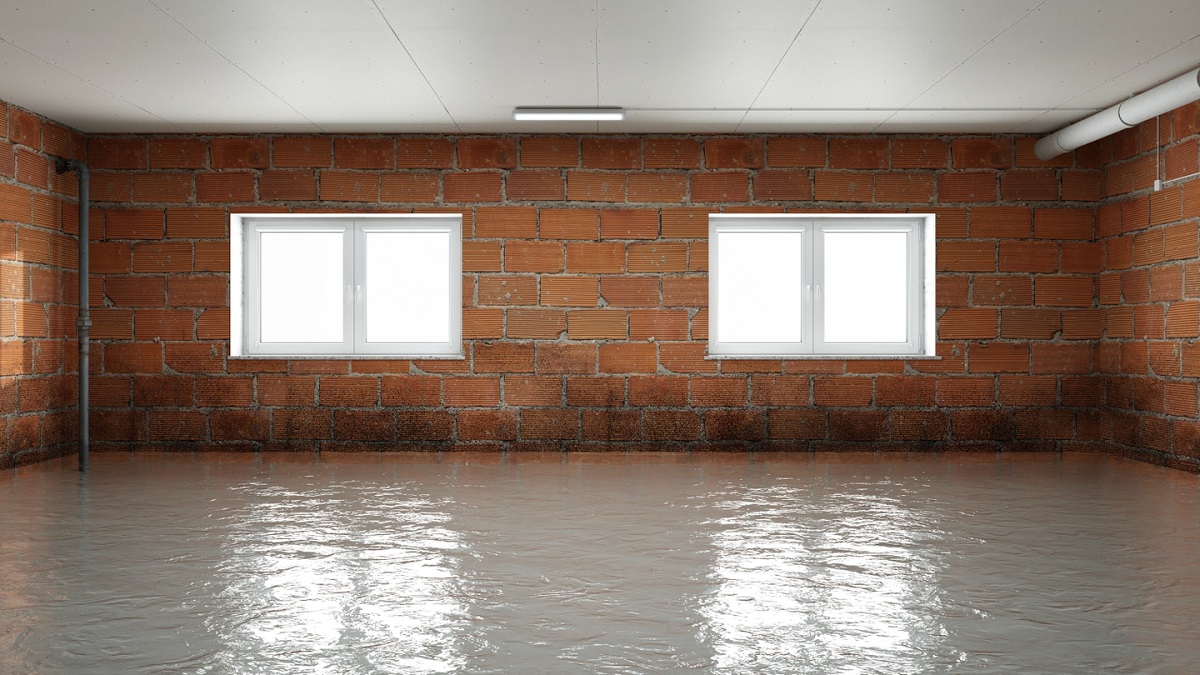
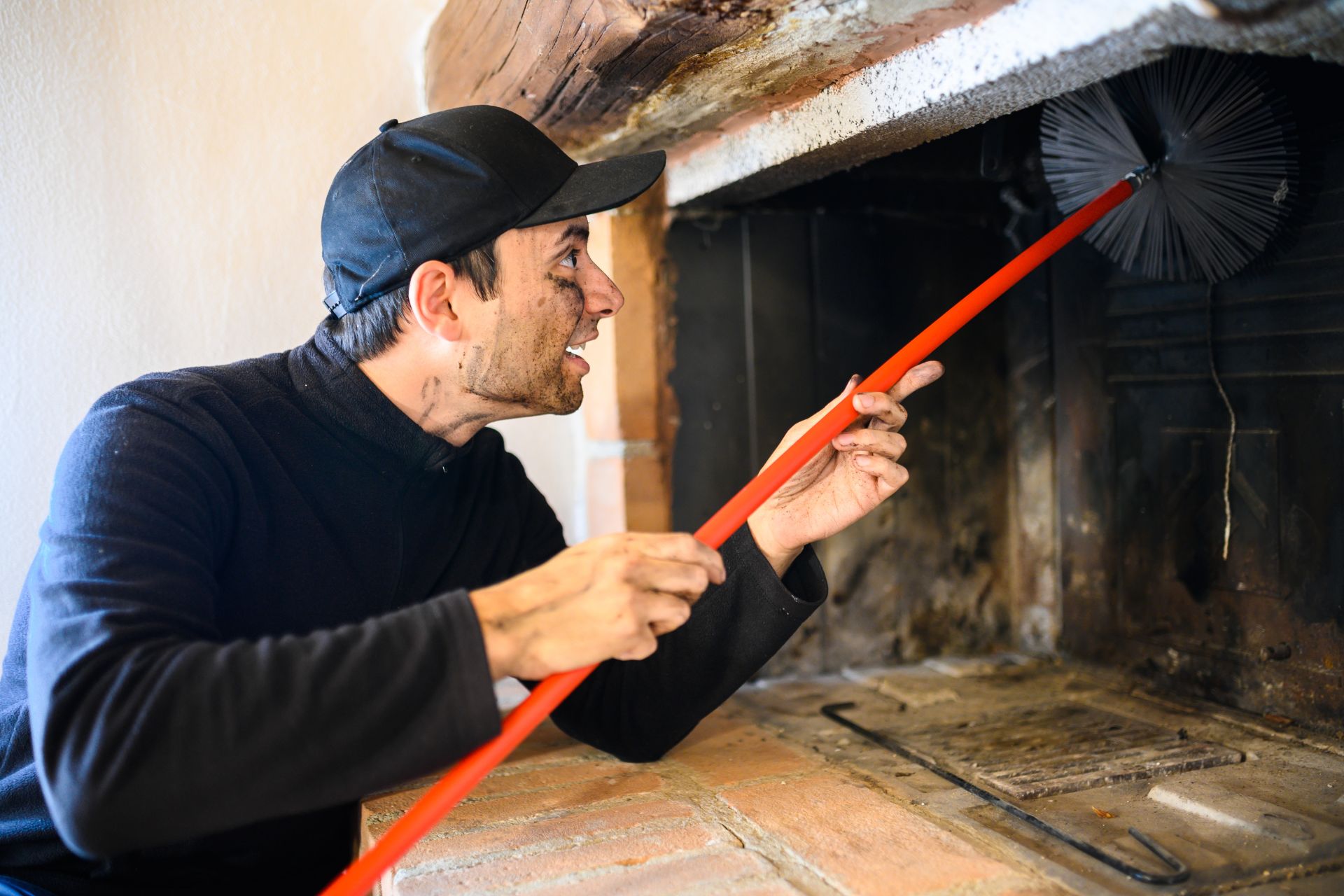
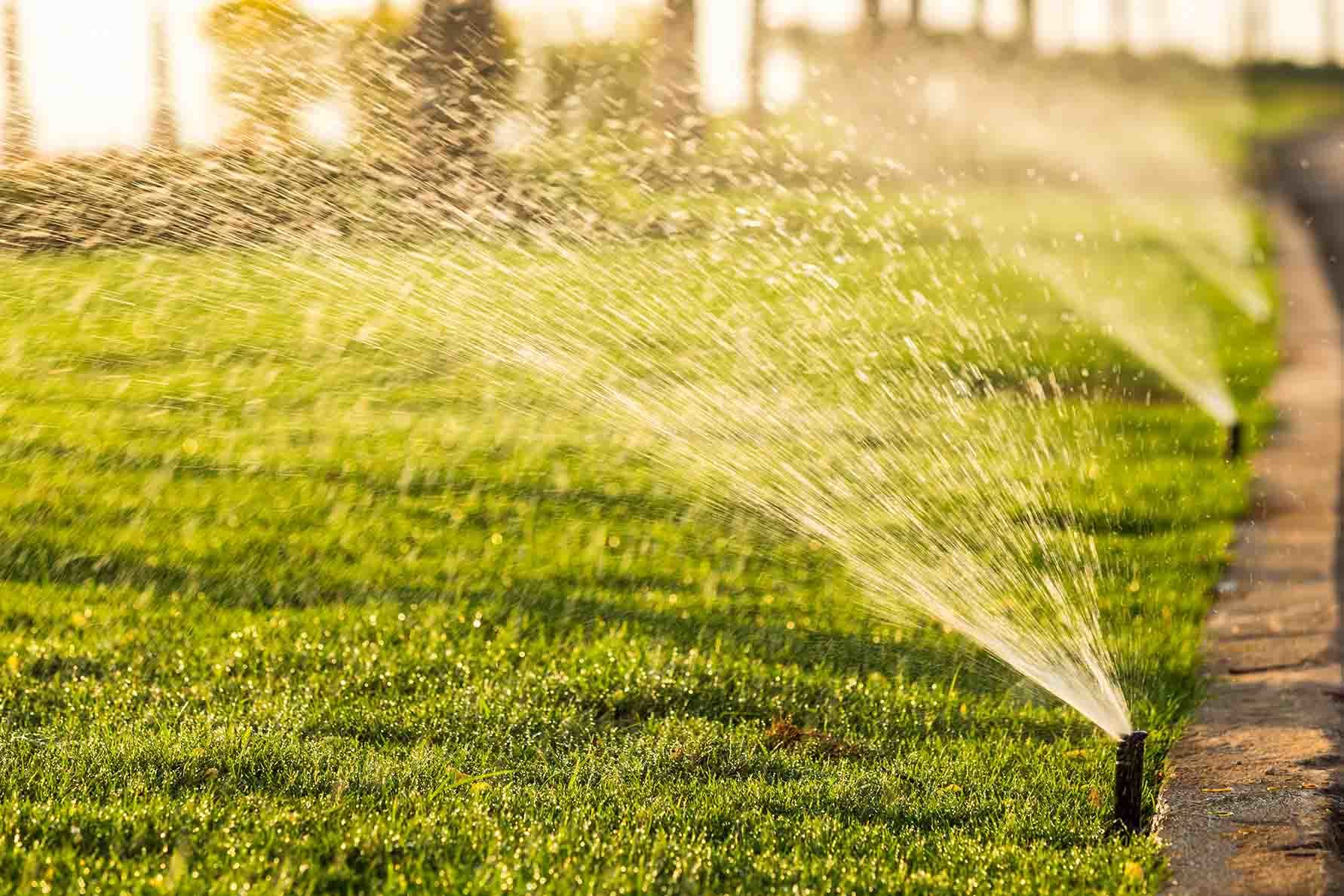
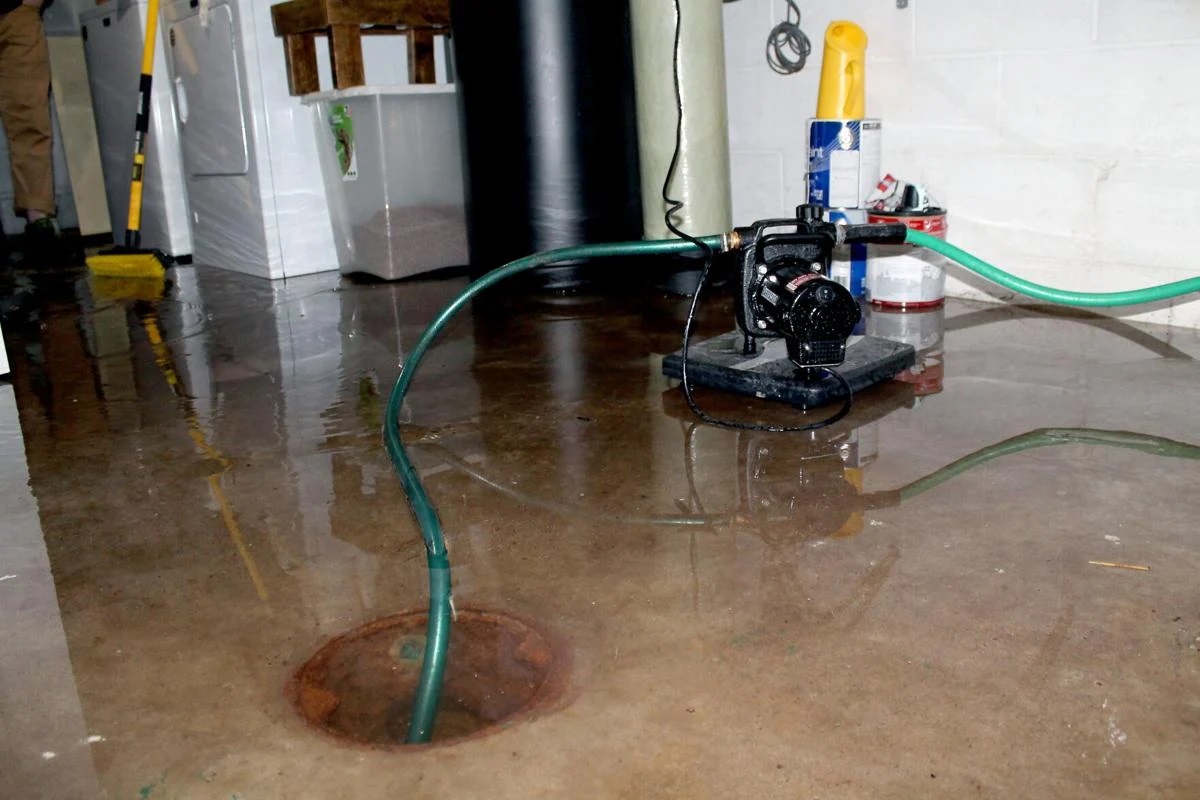

0 thoughts on “How To Stop Water Coming Into Basement”